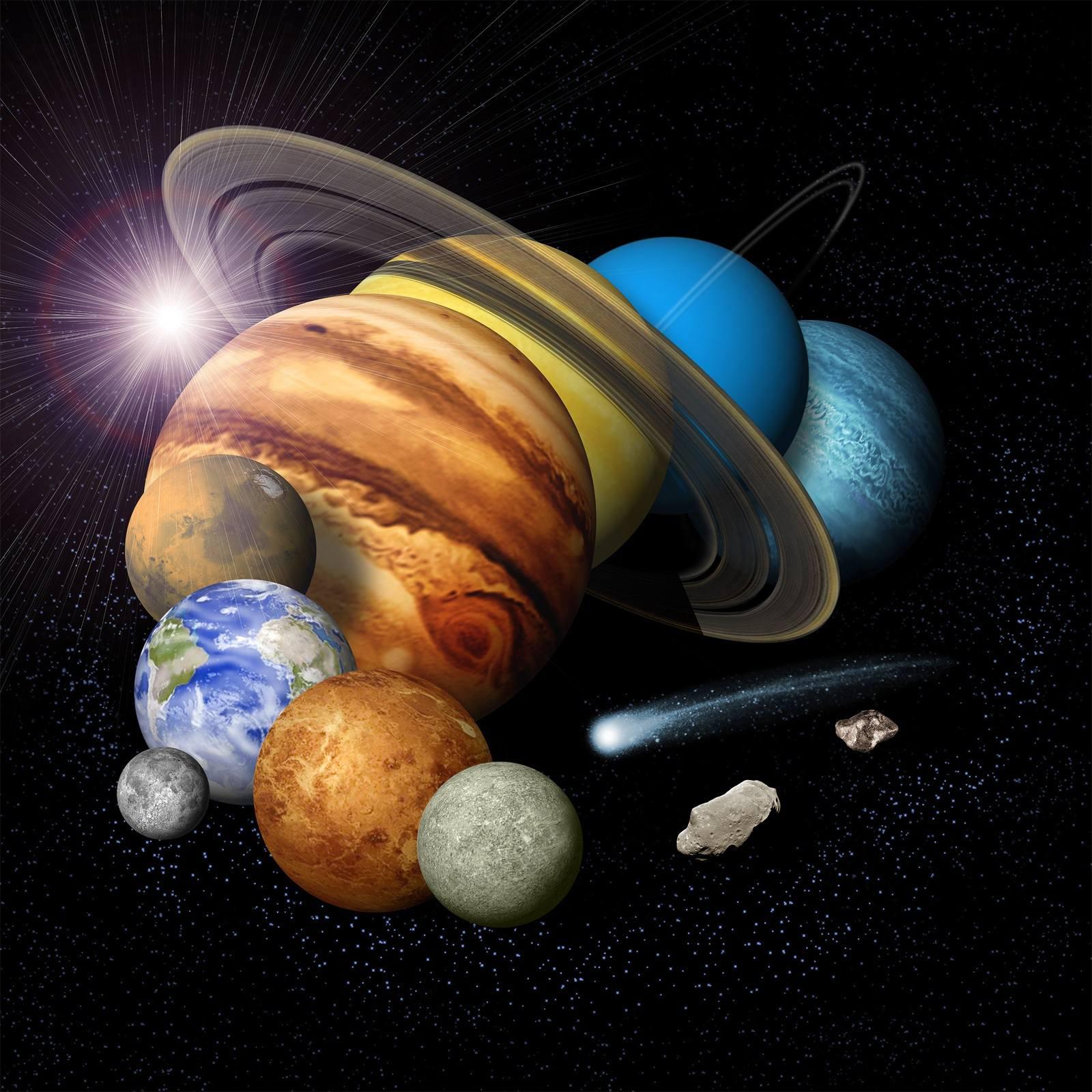Intriguing Planetary Science Images

The Cassini mission keeps coming up with more surprises out at Saturn — and especially on Titan. Normally we can’t see anything on Titan (at least optically) except its cloudy atmosphere. But, when Cassini turns on its radar mapper and scans the surface, an amazing wealth of surface features just leap out at us.

A couple of weeks ago, the Cassini mission’s high-resolution radar system mapped a series of dune fields on Titan. These dunes are moved around by surface winds, and most likely are built-up piles of hydrocarbon sand grains that come from combinations of organic chemicals in Titan’s smoggy atmosphere. The winds blow them along, wrapping them around any surface features that stick up as obstacles in their paths.
From the radar images that Cassini sent back, planetary scientists were able to count up to 16,000 dune segments that act as a sort of weather vane, pointing the direction in which the winds blow on Titan.
As the winds change direction, the orientation of the dune fields also change. The winds come from several different directions, and the dunes reflect that in the way they line up and appear to be cutting across each other in some places. These dunes appear to be concentrated mostly around Titan’s equator. This is probably because weather conditions are drier there — which means there are more particles for the winds to pick up and scatter along their paths.
Conditions elsewhere on Titan are too “wet” because there are more lakes of liquid hydrocarbons. This makes it less likely that the climate will “dry out” enough to form these sand grains.

If you’re thinking this is all looking very familiar — it is. Earth’s deserts and dune fields exist in dry climates, where winds can pick up grains of sand and dust and blow them around — forming traveling dunes.

We see similar things on Mars, which is peppered with dune fields on its broad plains and inside some of its larger craters.
Anyone who has traveled in the American Southwest, for example, or in the deserts of North Africa, will be familiar with dunes. They move the same way on Earth as they do on Mars and now, Titan.
Images and discoveries like these of dunes on other worlds are all part of planetary science. Or, if you like, comparative planetology. Essentially when we look at other planets, we look for things we can explain and understand based on processes we see and usually understand here on Earth.
What are those processes? Think of them in terms of what modifies a planet. What changes its surface or its atmosphere? It’s easiest to think about what happens to Earth over time. Geologists look at processes like volcanism (the action of volcanoes and volcanic flows), tectonism (faulting and folding of a planet’s outer layer), impact cratering (when projectiles slam into the surface and create craters), and atmospheric processes. Geology is, in fact, a huge part of planetary science.
In the case of dune creation on Earth and other worlds, planetary scientists focus on the atmospheric processes that shape a planet. These can be things like rain or snow falling onto a surface and changing it in some way. Or, it can be chemical weathering — that is, the action of a chemical like (say) sulfuric acid falling as rain on a surface and eating away at it. Or, we can see what’s called “aeolian” (wind-blown) changes to a surface. Sometimes this means that a surface is scoured clean by winds. Or, it can mean — as we’ve sen in these images of Titan, Earth, and Mars — that winds are taking what’s already present on the surface — piles of sand and dust — and moving them along, forming dunes as they go.
As we see more familiar processes occurring on other worlds, we can more easily explain them in terms of what we know about from what we see on Earth. These intriguing images, and many others taken by scores of spacecraft at other planets, are — in a very large sense — making us more at home in the solar system, even as they teach us about our own planet’s place in the hierarchy of worlds that orbit the Sun.

